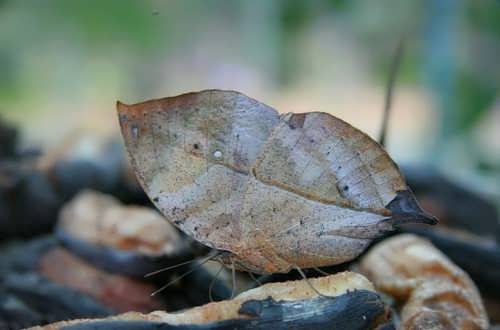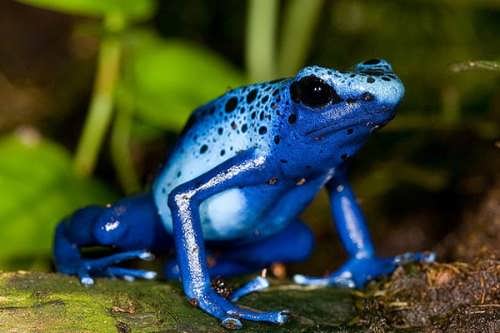Getting to the heart of colors
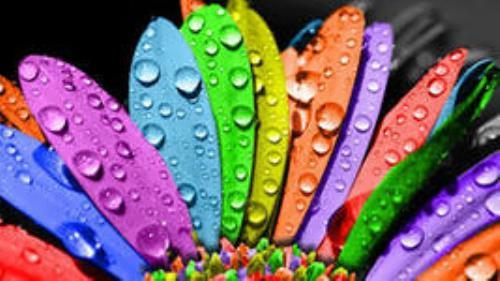
Getting to the heart of colors
Is a ripe tomato red?
What colour is a ripe tomato? “Red, without a shadow of a doubt!” everybody would reply.
But we should have a little doubt…
For example, a diver, going down with a tomato in his hand, at a great depth would see the tomato changing colour: from dark green to grey, from yellow back to its natural red. So we can say that a tomato isn’t red, but it looks red in the light of the sun.
Sunlight is made up of a spectrum of coloured rays which go from red to violet passing through orange, yellow, green, blue and indigo.
When the light hits an object, it produces a strange phenomenon. If the object absorbs all the coloured rays, it appears black. If it doesn’t absorb any of the coloured rays, it appears white. And if it absorbs only some of the rays, it appears coloured.

So a tomato looks red because it absorbs all the coloured rays except red which is reflected and picked up by our eyes.
In addition, there are some substances in nature which help to define the different colours. Chlorophyll gives green to the leaves of the trees, mineral pigments give colour to rocks and melanin colours the skins of animals.
Colours for communication
Colours in nature have a reason: sending precise messages. There’s no monotony in nature.
With the changing of the seasons, the hours of the day or night and places, different colours appear on the plants and animals, creating a natural palette worthy of the greatest painters.
Hiding to survive
For some animals camouflage is the only way to survive. In this way a chameleon, which takes its colour from the leaves where it’s hiding, can capture the insects it lives on. Some frogs take on the color of the earth to escape from their enemies.
Getting to the heart of colors
Giving a warning
Generally, animals have strong colours to frighten their enemies. This is the case with the coral snake or with some South American frogs which contain a powerful poison.
—And seducing
Colour is a basic element of seduction for animals. You only have to look at a peacock’s tail to know that its feathers are designed to give pleasure to the eyes.
It’s irresistible!

The strange case of the pink flamingo
The pink flamingo owes its colour to the carotene present it the seaweed which it lives on. For this reason, in captivity it loses its characteristic colour unless colouring is added to its food.
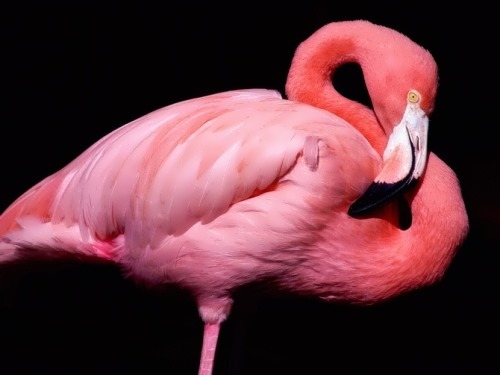
Can animals see colours?
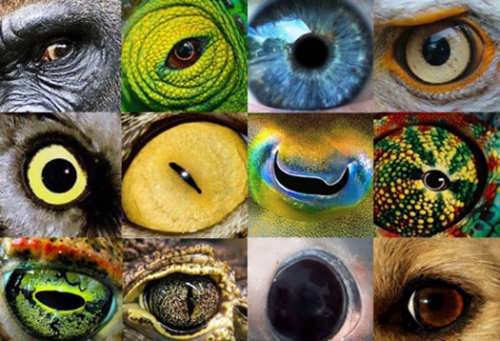
Not all animals see colours in the same way.
Birds, bees, and butterflies see colours, but horses, pigs, dogs, and cats don’t. In fact, most mammals see only black and white.
The bullfighter enrages the bull with the movement of his cape, not its red colour, which the bull sees as grey.
Scientists say that bees can see colours unknown to us. For bees, many of the flowers which we see as white, are a strong ultraviolet, a colour which human eyes can’t see.
Bees can also see different shades of blue in the sky, which enables them to find their way when flying.
What about people?
Some people cannot see certain colours. These people are colour-blind. Most colour blindness is to red and green, and a lesser number of people are colour-blind to blue and yellow.
A few people are colour-blind to all colours.
from: Speak out 1999/6
Как добраться до сердца цветов
Спелый помидор красный?
Какого цвета спелый помидор? «Красный, без тени сомнения!» ответит каждый.
Но нам следует немного сомневаться.
Например, водолаз, спускаясь с помидором в руке, на большую глубину видит изменение цвета помидора: от темно-зеленого до серого, от желтого к своему естественному красному. Таким образом, мы можем сказать, что помидор не красный, но он выглядит красным на солнечном свете. Солнечный свет состоит из спектра цветных лучей — от красного до фиолетового, проходящий через оранжевый, желтый, зеленый, синий и индиго. Когда свет попадает на объект, он производит странное явление. Если объект поглощает все цветные лучи, он кажется черным. Если он не поглощает цветные лучи, то кажется белым. И если он поглощает лишь некоторые из лучей, то кажется окрашенным. Так помидор выглядит красным, поскольку он поглощает все цветные лучи, кроме красного, который отражается и виден нашим глазам.
Кроме того, существуют некоторые вещества в природе, которые помогают определить различные цвета. Хлорофилл дает зеленый цвет листьям деревьев, минеральные пигменты дают цвет скалам, а меланин окрашивает шкуры животных.
Цвета для общения
Цвета в природе имеют значение – это отправка точные сообщений. В природе нет однообразия. С изменением времен года, часов дня и ночи и мест, разные цвета появляются на растениях и животных, создавая естественную палитру достойную величайших художников.
Спрятаться, чтобы выжить
Для некоторых животных камуфляж является единственным способом выживания. Таким образом, хамелеон, который может окрашиваться в цвет листьев, где он скрывается, может поймать насекомых живущих там. Некоторые лягушки могут стать цвета земли, чтобы спастись от врагов.
Предупреждение
Как правило, животные имеют яркие цвета, чтобы напугать своих врагов. Например, коралловые змеи или некоторые южноамериканские лягушки, которые содержат сильный яд.
Соблазнение
Цвет является основным элементом соблазнения для животных. Стоит только взглянуть на павлиний хвост, чтобы понять, что его перья призваны доставлять удовольствие для глаз. Он неотразим!
Странный случай розовых фламинго
Розовый фламинго обязан своим цветом каротину содержащемуся в водорослях, в местах где он проживает. По этой причине, в неволе он теряет свою характерную окраску, если краситель не добавляется в пищу.
Могут ли животные видеть цвета?
Не все животные видят цвета одинаково. Птицы, пчелы, и бабочки различают цвета, а лошади, свиньи собаки и кошки нет. На самом деле, большинство млекопитающих видят только черный и белый. Тореадор злит быка движением плаща, а не красным цветом, который бык видит, как серый.
Ученые говорят, что пчелы могут видеть цвета неизвестные нам. Для пчел, многие из цветов, которые мы видим, как белые, являются сильно ультрафиолетовыми, цвет, который человеческий глаз не может видеть. Пчелы также могут видеть различные оттенки синего в небе, что позволяет им найти свой путь при полете.
А как насчет людей?
Некоторые люди не могут видеть определенные цвета. Эти люди дальтоники. Большинство из них не видят красный и зеленый, меньшее количество дальтоников не различают синий и желтый. И малое количество людей не различают все цвета.
